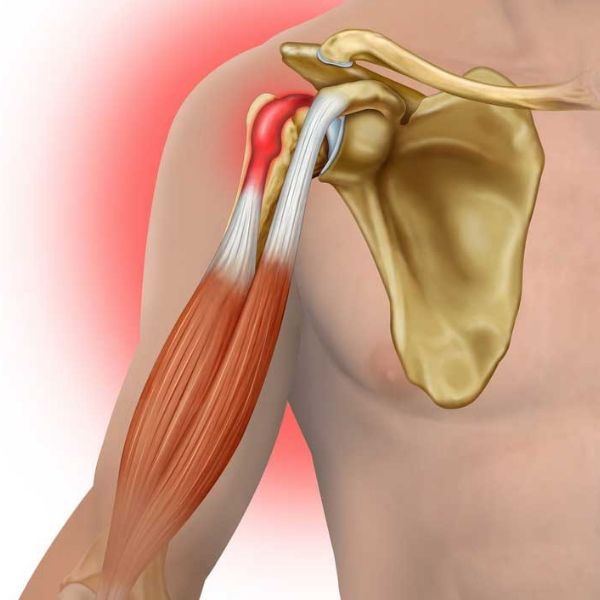Proximal biceps tenodesis is a surgical procedure performed to relieve shoulder pain caused by issues with the biceps tendon. The biceps tendon, which attaches the biceps muscle to the shoulder, can become inflamed, frayed, or torn due to injury, overuse, or degeneration. When conservative treatments, such as physical therapy and medications, do not relieve the pain, surgery may be recommended.
Why is it Performed?
Proximal biceps tenodesis is often suggested for patients experiencing:
- Biceps tendonitis (inflammation of the tendon)
- Partial tears of the biceps tendon
- SLAP (Superior Labral Anterior and Posterior) tears
- Shoulder pain unresponsive to other treatments
By moving and reattaching the biceps tendon outside the shoulder joint, the procedure alleviates pain and restores function without compromising the strength or stability of the biceps muscle.

How is the Surgery Done?
During proximal biceps tenodesis, the damaged portion of the biceps tendon is removed from its attachment within the shoulder joint. The healthy portion of the tendon is then anchored to the upper arm bone (humerus). This is usually done through minimally invasive arthroscopic surgery, but in some cases, an open approach may be used.
The surgery typically lasts about 60–90 minutes, depending on the complexity of the condition.

Recovery Process
Recovery after proximal biceps tenodesis involves a combination of rest, physical therapy, and gradual return to activity. Here's what to expect:
- Immobilization: After surgery, your arm will be in a sling for about 2–6 weeks to protect the healing tendon.
- Physical Therapy: Gentle physical therapy will begin within a few days to restore range of motion. Strengthening exercises will gradually be added as you progress through recovery.
- Return to Activity: Most patients can return to light activities after about 6 weeks and full activity, including sports or heavy lifting, in 3–6 months.
Risks and Complications:
As with any surgery, proximal biceps tenodesis carries potential risks, including:
- Infection
- Shoulder stiffness
- Continued pain
- Nerve damage (rare)
However, the procedure has a high success rate in relieving pain and restoring shoulder function for most patients.
Is This Procedure Right for You?
Proximal biceps tenodesis is an excellent option for those with persistent shoulder pain due to biceps tendon problems that have not improved with other treatments. During your consultation, we will discuss your symptoms, lifestyle, and treatment options to determine if this procedure is the best solution for you.
Contact Us
If you have any questions about proximal biceps tenodesis or would like to schedule a consultation, please contact us.


